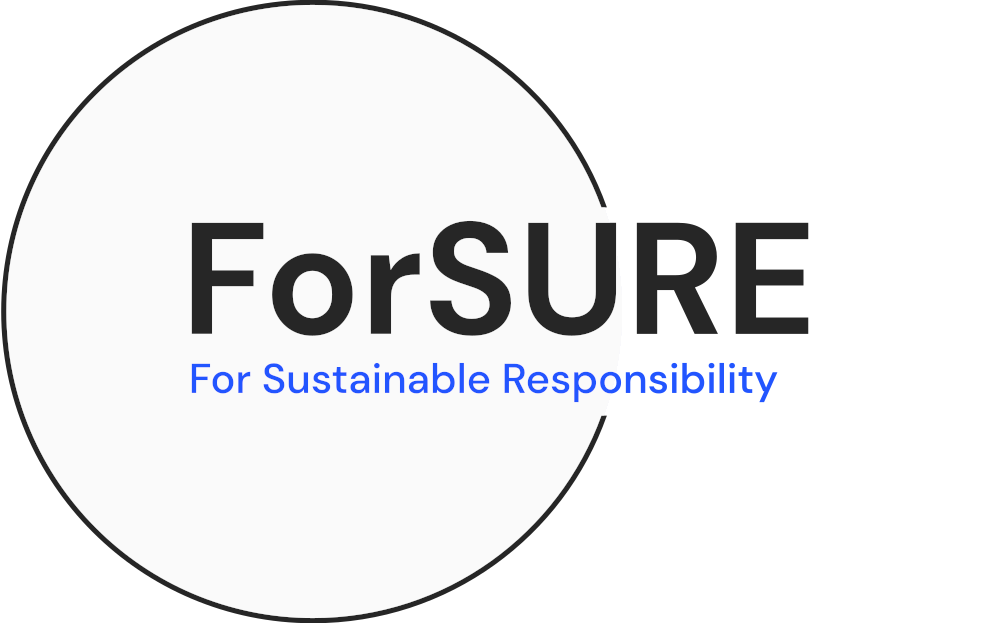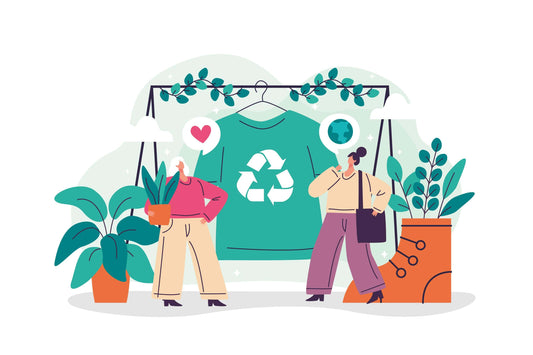The textile industry is undergoing a significant transformation, with sustainability at the forefront of this change. One of the key drivers of this shift is the concept of Extended Producer Responsibility (EPR). EPR is an environmental policy that places the responsibility of managing the lifecycle of a product, including its end-of-life, on the producers. This concept is particularly relevant in the textile industry, where waste generation and resource consumption are significant concerns.
Understanding the Impact of EPR Textile Policies
Extended Producer Responsibility textile policies are not a new concept, but their application in the textile industry is gaining momentum. The textile industry is one of the most polluting industries globally, and EPR aims to address this issue by making producers responsible for the entire lifecycle of their products. This includes the design, production, and end-of-life management of textiles. By implementing EPR, producers are encouraged to design products that are easier to recycle, use fewer resources, and generate less waste.
The Benefits of Implementing EPR Textile Policies
The implementation of Extended Producer Responsibility textile policies in the textile industry brings several benefits. Firstly, it encourages producers to design for longevity and recyclability, reducing the overall environmental impact of their products. Secondly, it promotes the use of recycled materials, reducing the demand for virgin resources. Thirdly, it encourages innovation in recycling technologies and business models, creating new opportunities for growth and development. ForSURE, a digital software for EPR compliance, is an excellent example of such innovation. It streamlines the EPR reporting process, making it easier for businesses to comply with regulations and fulfill their sustainable responsibilities.
Challenges and Opportunities in Implementing EPR Textile Policies
While the benefits of Extended Producer Responsibility textile policies are clear, implementing them in the textile industry is not without challenges. These include the need for industry-wide collaboration, the development of effective collection and recycling systems, and the need to educate consumers about responsible consumption and disposal. However, these challenges also present opportunities for innovation and growth. Businesses that successfully navigate these challenges can position themselves as leaders in sustainability, gaining a competitive advantage in the market.
The Future of EPR Textile Policies
The future of Extended Producer Responsibility textile policies in the textile industry looks promising. With increasing regulatory pressure and growing consumer awareness about sustainability, the adoption of EPR is likely to increase. Businesses that embrace EPR will not only contribute to a more sustainable textile industry but also reap the benefits of improved brand reputation and access to new markets.
For those seeking to broaden their understanding of EPR and its transformative role in the textile industry, ForSURE serves as a comprehensive solution for EPR compliance, assisting businesses in navigating the complexities of sustainable practices.
For a more in-depth exploration of the topic, the Textile Exchange, a global non-profit that works closely with all sectors of the textile supply chain, offers a wealth of resources and insights. Their blog posts and reports delve into the intricacies of EPR and its significant impact on the textile industry, providing readers with a deeper understanding of this critical aspect of sustainability.




